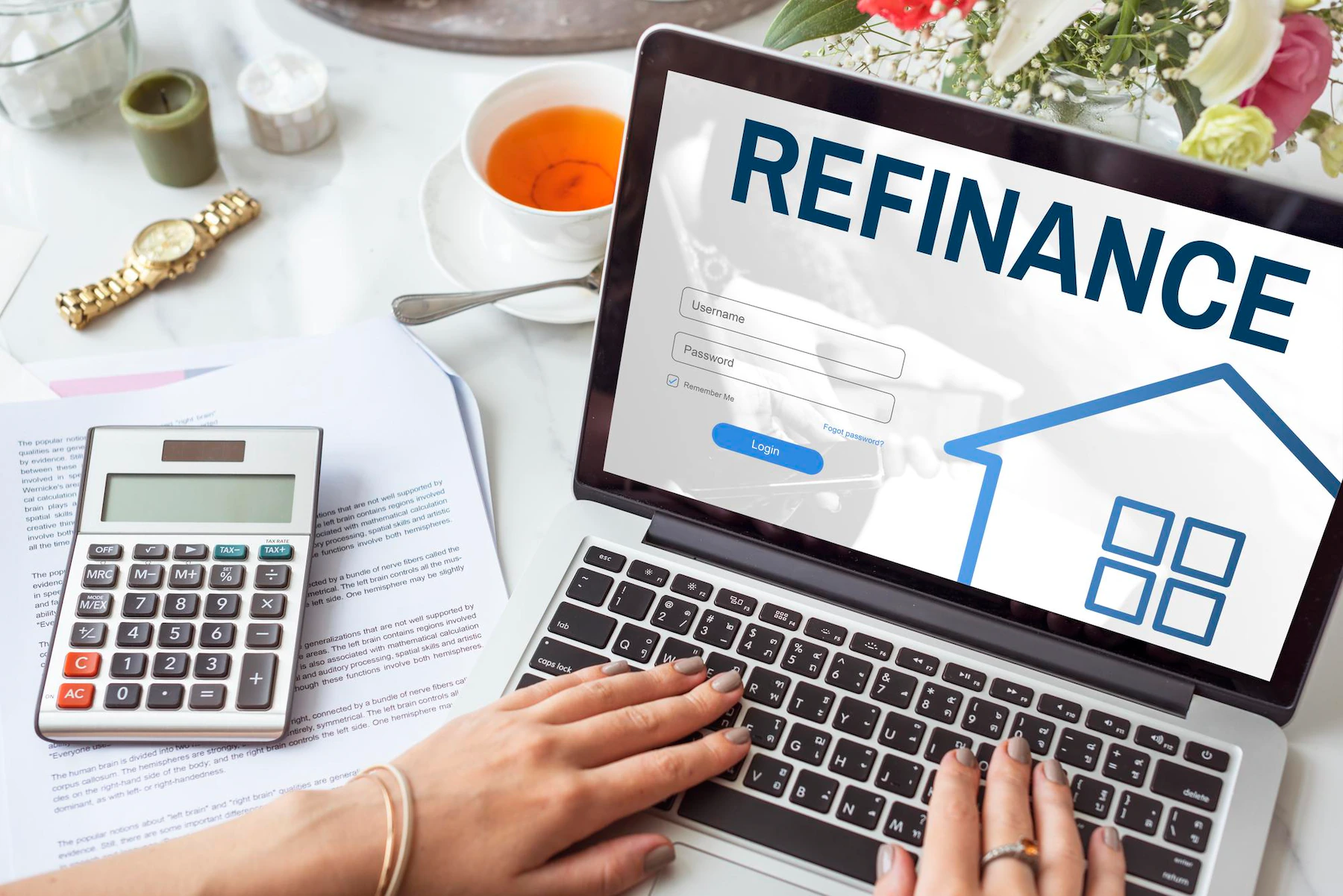
If you’re considering refinancing your home in Australia, you may be wondering how many times you can do it. The […]

Hey, savvy homeowner! In the intricate world of personal finance, few decisions carry as much weight as refinancing your home loan. In essence, it’s like fine-tuning your financial instrument, and here in 2023, it’s a choice worth considering.
Let’s simplify the concept. Refinancing a home loan means restructuring your existing mortgage. Picture it as recalibrating your financial strategy for greater efficiency.
The question now is, why should you ponder this option in 2023?
Join us on this journey as we demystify the art of home loan refinancing, bringing professional clarity to the subject while keeping it refreshingly simple. We’ll explore the practicalities, unravel the potential benefits, and navigate the nuances of this financial decision in a year where opportunities abound.
So, if you’re ready to embark on this financial expedition, sit back, relax, and allow us to guide you through the process of refinancing home loans in Australia, tailored to the financial landscape of 2023.
Replacing your current mortgage with a new one that has better conditions is known as refinancing a house loan. You are granted a fresh loan, which you use to pay off your previous loan.
Refinancing in 2023 might save you thousands yearly and tens of thousands over the course of the loan because interest rates are predicted to stay low.
Making the switch from variable mortgage to a fixed-rate mortgage. This is another incentive to consider when thinking about refinancing. Variable mortgages often start with a low rate but frequently adjust up. Locking in a low fixed rate gives you payment stability for the life of the loan.
Maybe you want to pull cash out of your home equity. When rates are low, you can often refinance for a higher loan amount and take the difference in cash. Use it for home improvements, pay off high-interest debts, or other needs.
Shortening your loan term is also appealing. If you refinance from a 30-year to 20-year mortgage, you pay the loan off faster and save tens of thousands in interest charges. Your payment does go up, but you build equity quicker.
If your home has gained value, you may be able to do a “cash-out” refinance to pull some of your equity out in cash. This can be a cheap way to fund home improvements, college tuition, or other big expenses. However, it does reduce your equity and may increase your interest rate.
Refinancing isn’t always free. You’ll have to pay closing costs like appraisal fees, origination fees, and title charges which can total 2-5% of your loan amount. Make sure you’ll stay in your home long enough for the interest savings to outweigh these upfront fees.
To qualify for a refinance, you’ll need to meet certain criteria set by lenders like a good credit score, low debt-to-income ratio, and sufficient home equity. Check with multiple lenders to find one with eligibility terms you meet.
You’ll also want to make sure mortgage rates are lower now than when you got your original loan. Compare your current rate to current market rates to determine if refinancing makes financial sense.
Be prepared to provide paperwork to verify your income, employment, assets, and liabilities.
This includes recent pay slips, tax returns, bank statements, and information on any other debts you owe. The lender will review these documents to approve your application and determine how much you can borrow.
Getting preapproved by a lender will show home sellers you are serious if you plan to refinance to buy another property. Provide the necessary documentation so the lender can evaluate your credit and financial situation.
This will result in a preapproval letter stating the maximum mortgage amount they will lend you.
Once approved, you can lock in an interest rate for a certain period of time, often 30 to 60 days. This guarantees the rate you’ve been quoted and protects you if market rates go up before closing. There may be fees for longer rate-lock periods.
When closing the mortgage or otherwise known as the settlement process, you’ll sign official mortgage documents like the final loan estimate, promissory note, and security instrument. This completes the refinance and initiates repayment of your new loan.
Make sure to also consider:
Mortgage rates – Monitor rates to lock in when optimal. Rates that decrease by at least 0.5% can make refinancing worthwhile.
Closing costs – Negotiate the best deal on fees like appraisal, origination, and attorney charges. closing costs should not exceed 5% of your loan amount.
Loan term – Choose between 15-year or 30-year terms based on your priorities of lower interest, faster payoff, or smaller payments.
Focus on paying down revolving credit balances and limiting new applications for credit in the months leading up to your refinance. Check your credit report for any errors and dispute them immediately. A score over 740 will generally qualify you for the best rates.
Your loan-to-value ratio compares your mortgage balance to the appraised value of the property. The lower your LTV, the less risky you appear to lenders, and the better your rate.
Make additional principal payments on your current mortgage to lower your balance prior to refinancing. Aim for an LTV of 80% or less to get the most competitive rates.
Your debt-to-income ratio measures your monthly debt payments versus your monthly income. The lower your DTI, the more comfortably you can afford your payments in the eyes of lenders.
Pay off high-interest debts like credit cards to lower your monthly obligations. A DTI of 36% or less is ideal for the best refinance rates.
Focusing on these three areas, you can optimise your financial profile and secure a lower refinance rate, allowing you to tap into your home equity at a lesser cost.
Meet with one of our mortgage brokers to compare lender rates and fees to help you find a mortgage that suits your needs.
With rates on the rise, acting quickly to lock in a low rate will save you money for years to come through a strategic refinance.
Interest rates fluctuate frequently, so check rates often to find the lowest ones available. Even small rate differences can save or cost you thousands over the life of the loan. Be ready to act quickly when rates drop to lock in a low rate.
Don’t just go with your current lender out of convenience.
Compare offers from at least 3-5 other mortgage lenders to make sure you’re getting the best overall deal in terms of interest rate as well as fees. Online lenders and credit unions often have very competitive rates.
The most common refi is a 30-year fixed-rate mortgage, but other options like a 15-year fixed could lower your interest costs. See if your budget allows for higher payments on a shorter-term loan.
Shop for low or no-closing-cost refinance options to avoid high upfront fees. Ask if the lender will waive or credit closing costs in exchange for a slightly higher interest rate. Only pay more in closing costs if the rate reduction will offset those costs within a few years.
After reviewing the key steps and factors to consider, you should now feel equipped to determine if refinancing a home loan in Australia makes financial sense for you. By locking in a lower interest rate, you stand to save thousands over the life of your mortgage and pay off your home faster. The savings await!
Leave a Reply